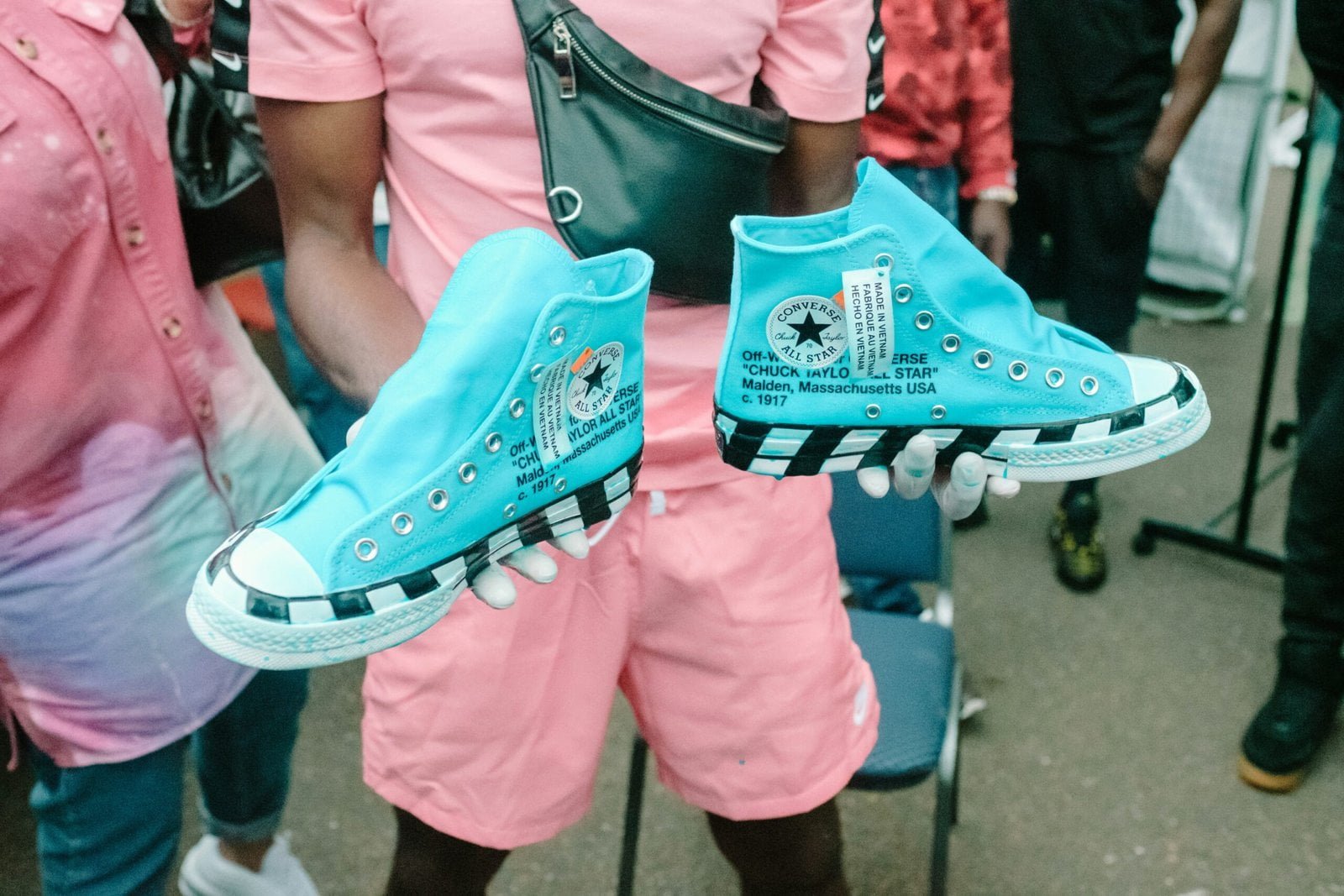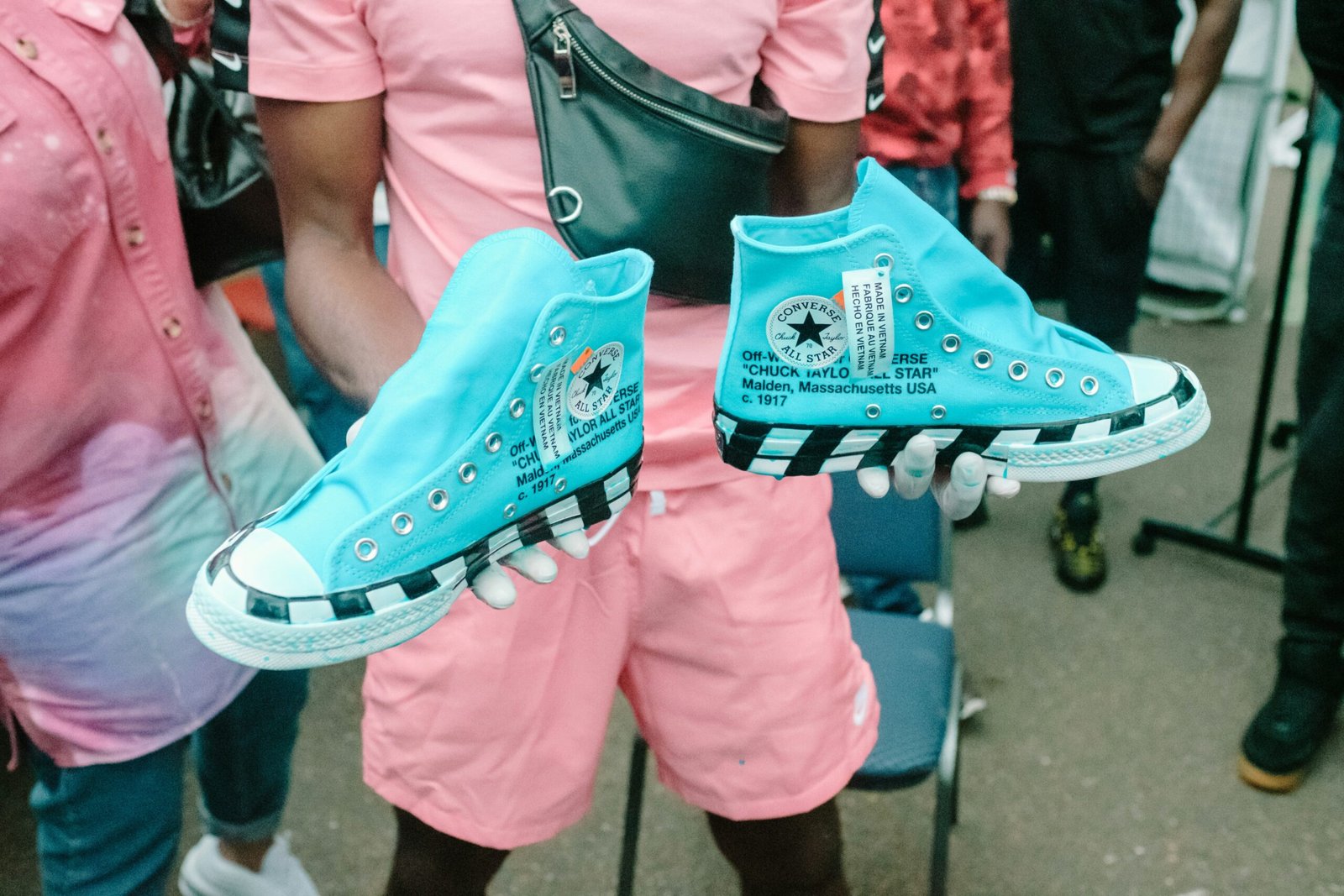
Introduction to EVA Foam and Its Application in Footwear
EVA, or Ethylene Vinyl Acetate, foam has become a cornerstone in the footwear industry due to its unique properties and versatility. This copolymer blend is renowned for its exceptional flexibility, lightweight nature, and superior cushioning capabilities, making it an ideal material for various applications, particularly in custom footwear.
The journey of EVA foam in the footwear industry began several decades ago. Initially, its adoption was driven by the need for a material that could provide comfort without adding significant weight to the shoes. Over time, the inherent advantages of EVA foam, such as excellent shock absorption and resilience, have been recognized and leveraged across numerous footwear designs, from casual sneakers to high-performance athletic shoes.
One of the key attributes of EVA foam is its ability to mold and adapt to different shapes, which is particularly beneficial for custom footwear. Custom footwear aims to provide a tailored fit and enhanced comfort by considering the unique contours and requirements of an individual’s feet. EVA foam’s pliability ensures that it can be easily shaped to meet these specific needs, offering unparalleled support and comfort.
Moreover, EVA foam’s lightweight nature significantly reduces the overall weight of the footwear, enhancing the wearer’s mobility and reducing fatigue. This is especially critical for athletes and individuals who spend long hours on their feet. The foam’s cushioning properties also play a crucial role in minimizing impact and providing a soft, comfortable base, which is essential for preventing foot-related issues and enhancing overall foot health.
In conclusion, as the demand for custom footwear continues to grow, EVA foam stands out as an essential material that combines comfort, support, and adaptability. Its historical significance and evolving applications underscore its pivotal role in the footwear industry, promising a future where personalized comfort is accessible to all.
Enhanced Comfort through EVA Foam
EVA foam, or ethylene-vinyl acetate foam, is increasingly popular in the footwear industry due to its exceptional comfort-enhancing properties. One of the primary benefits of EVA foam is its superior shock-absorbing qualities. When incorporated into custom footwear, this material significantly reduces the impact on feet during activities such as walking, running, or standing for extended periods. This shock absorption helps in minimizing foot fatigue and preventing injuries, making EVA foam an ideal choice for both casual and athletic footwear.
Another critical advantage of EVA foam is its ability to conform to the shape of the foot. Unlike other materials that may remain rigid, EVA foam adapts to the contours of the foot, offering a customized fit that enhances overall comfort. This personalized fit not only supports the arches and pressure points more effectively but also reduces the likelihood of blisters and other foot-related issues. The cushioning effect provided by EVA foam ensures that each step is taken with maximum comfort, which is particularly beneficial for individuals with specific foot conditions.
Moreover, EVA foam is known for its excellent breathability. The material allows air to circulate within the footwear, aiding in temperature regulation. This breathability helps in reducing sweat build-up, which can lead to discomfort and potential foot health problems. By maintaining a cooler and drier environment inside the shoe, EVA foam contributes to a more comfortable wearing experience, even during prolonged use or in warmer climates.
In essence, the incorporation of EVA foam in custom footwear offers a blend of shock absorption, personalized fit, and breathability. These attributes collectively enhance comfort, making EVA foam a preferred material in the footwear industry for creating supportive and comfortable shoes tailored to individual needs.
Improved Support and Stability with EVA Foam
EVA (ethylene-vinyl acetate) foam has revolutionized the footwear industry by providing unparalleled support and stability in custom footwear. One of the primary structural benefits of EVA foam is its optimal firmness and resilience, which are crucial for offering adequate arch support. This material’s unique composition helps in maintaining proper foot alignment, thereby reducing the risk of common foot ailments. By providing a firm yet cushioned base, EVA foam ensures that the foot remains in its natural position, mitigating the chances of developing issues such as flat feet and plantar fasciitis.
Another significant advantage of EVA foam is its ability to distribute weight uniformly across the foot. This even distribution alleviates pressure points, which are often responsible for foot fatigue and discomfort. When weight is not evenly distributed, it can lead to excessive pressure on specific areas, causing pain and long-term damage. EVA foam’s structural integrity helps in balancing the weight, thereby reducing strain on the muscles and ligaments.
Moreover, the resilience of EVA foam allows it to absorb impact efficiently. With every step, the material compresses and then quickly returns to its original shape, providing a responsive and supportive cushioning effect. This ability to absorb and dissipate shock plays a crucial role in enhancing the overall comfort of the footwear. It not only reduces the immediate impact on the foot but also minimizes the stress transmitted to the ankles, knees, and lower back, contributing to better overall body alignment and posture.
In conclusion, the use of EVA foam in custom footwear offers multiple structural benefits that significantly improve support and stability. Its firmness, resilience, and ability to distribute weight evenly make it an ideal material for enhancing foot health and preventing common issues associated with improper foot alignment. As such, EVA foam stands out as a superior choice for those seeking comfort and support in their footwear.
Customization and Versatility of EVA Foam in Footwear Design
EVA foam, or Ethylene Vinyl Acetate, stands out for its exceptional customization capabilities in the footwear industry. One of the primary advantages of EVA foam is its ease of molding and cutting, allowing it to be tailored to fit the unique shapes and sizes of individual feet. This adaptability ensures that footwear made with EVA foam can provide personalized comfort and support, catering to the diverse needs of various users.
Another significant aspect of EVA foam is its availability in different densities and thicknesses. This range enables designers to create footwear with varying degrees of cushioning and support. For instance, a higher density EVA foam can be used for regions that require more durability and support, such as the midsole of athletic shoes, while lower density EVA foam can offer softer cushioning in areas like the insole, enhancing overall comfort.
Additionally, EVA foam can be seamlessly integrated with other materials to produce footwear that meets specific functional and aesthetic requirements. For example, combining EVA foam with rubber can enhance the durability and grip of a shoe, making it ideal for high-performance athletic footwear. Similarly, layering EVA foam with textiles or leather can improve the visual appeal of casual shoes, providing a stylish yet comfortable option for everyday wear.
The versatility of EVA foam extends to various types of custom footwear. Athletic shoes benefit from EVA foam’s lightweight and shock-absorbing properties, making them perfect for running, basketball, and other sports. Orthotic insoles, designed to address specific foot conditions, utilize EVA foam for its ability to conform to the foot’s contours, providing targeted support and relief. Moreover, casual footwear, such as sandals and loafers, often incorporate EVA foam for its comfort and flexibility, ensuring that users experience all-day ease.
Overall, the customization and versatility of EVA foam make it an invaluable material in modern footwear design. Its ability to be precisely tailored, combined with its compatibility with other materials, allows for the creation of footwear that not only meets but exceeds the comfort and support expectations of users.

